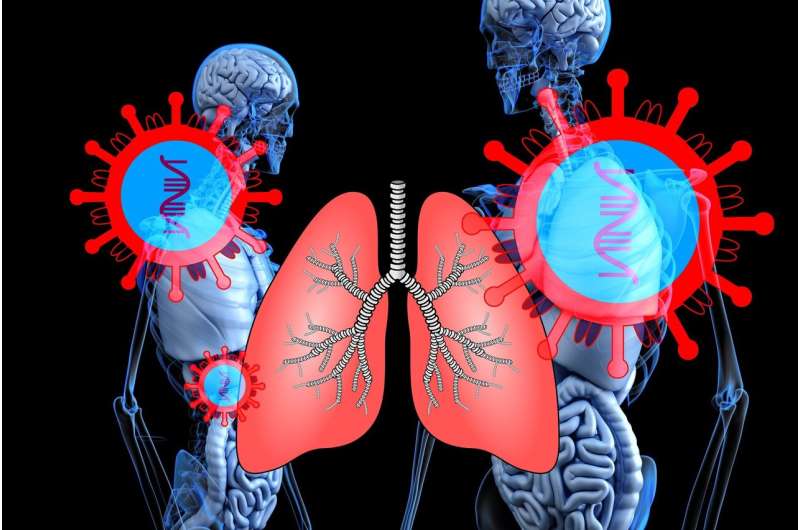New Research Reveals GADD45A Protein's Role in Preventing Heart Failure

Emerging research identifies the GADD45A protein as a key factor in preventing cardiac hypertrophy and heart failure. Boosting GADD45A activity may offer new therapeutic avenues for heart disease management.
Recent findings published in the journal Cellular and Molecular Life Sciences have uncovered a novel factor involved in the development of pathological heart hypertrophy, a key precursor to heart failure. The study, led by researchers from the University of Barcelona, highlights the crucial role of the GADD45A (growth arrest and DNA damage inducible 45A) protein in maintaining cardiac health.
Heart hypertrophy, particularly when pathological, involves thickening of the ventricular walls and can lead to compromised heart function, fibrosis, and inflammation. While cardiac hypertrophy can be a reversible adaptive response to increased workload, its chronic form often results in severe consequences such as dilated ventricles and heart failure.
The research team investigated how GADD45A influences cardiac remodeling through animal models and human cardiac cells. They discovered that deficiency of GADD45A in mice triggers harmful processes including fibrosis, inflammation, and apoptosis, which are associated with overactivation of inflammatory and profibrotic transcription factors like AP-1, NF-κB, and STAT3. Conversely, increasing GADD45A levels in human cardiomyocytes mitigated inflammatory and fibrotic responses, suggesting a protective role.
Professor Manuel Vázquez-Carrera and Associate Professor Xavier Palomer explained that GADD45A appears to act as a safeguard against inflammation, fibrosis, and cell death in cardiac tissue. Previous research has already linked GADD45A to tumor suppression and regulation of metabolic pathways, but this new study emphasizes its significance in cardiac function and disease prevention.
The findings propose that modulating GADD45A activity could be a promising therapeutic approach to prevent or slow down the progression of heart disease, especially in individuals with risk factors such as diabetes, high blood pressure, and coronary artery disease. The researchers advocate for further exploration of GADD45A as a target for interventions aimed at reducing cardiac hypertrophy and subsequent heart failure.
Stay Updated with Mia's Feed
Get the latest health & wellness insights delivered straight to your inbox.
Related Articles
Growing Popularity of Women's Rugby Highlights Urgent Need for Safety and Research Improvements
Women's rugby is rapidly expanding worldwide, but safety issues and research gaps threaten to undermine its growth. This article explores the importance of gender-specific safety protocols and ongoing research efforts to protect female players.
West Nile Virus Alert: Elevated Risk in Boston and Eastern Massachusetts
Massachusetts has raised the West Nile Virus risk to high across Boston and surrounding communities. Health officials urge residents to take preventive measures as mosquito activity increases during the warm months.
Clinical Trial Finds Osimertinib Combined with Chemotherapy Extends Survival in EGFR-Mutated Advanced Lung Cancer
A groundbreaking Phase III trial demonstrates that combining osimertinib with chemotherapy significantly extends overall survival in patients with EGFR-mutated advanced lung cancer, potentially establishing a new standard of care.



